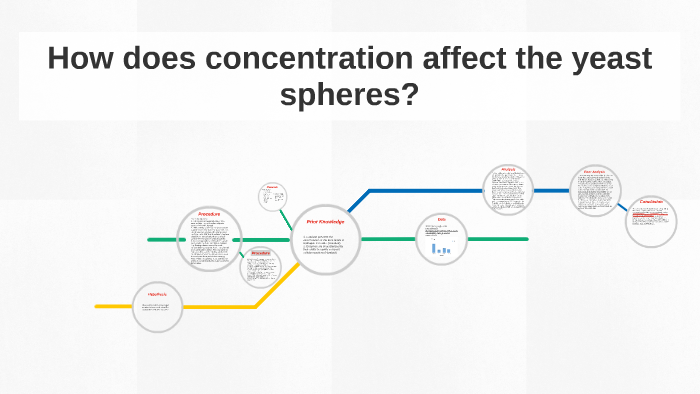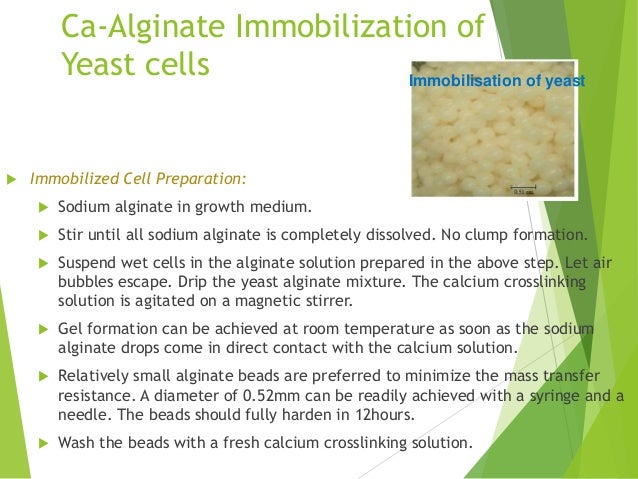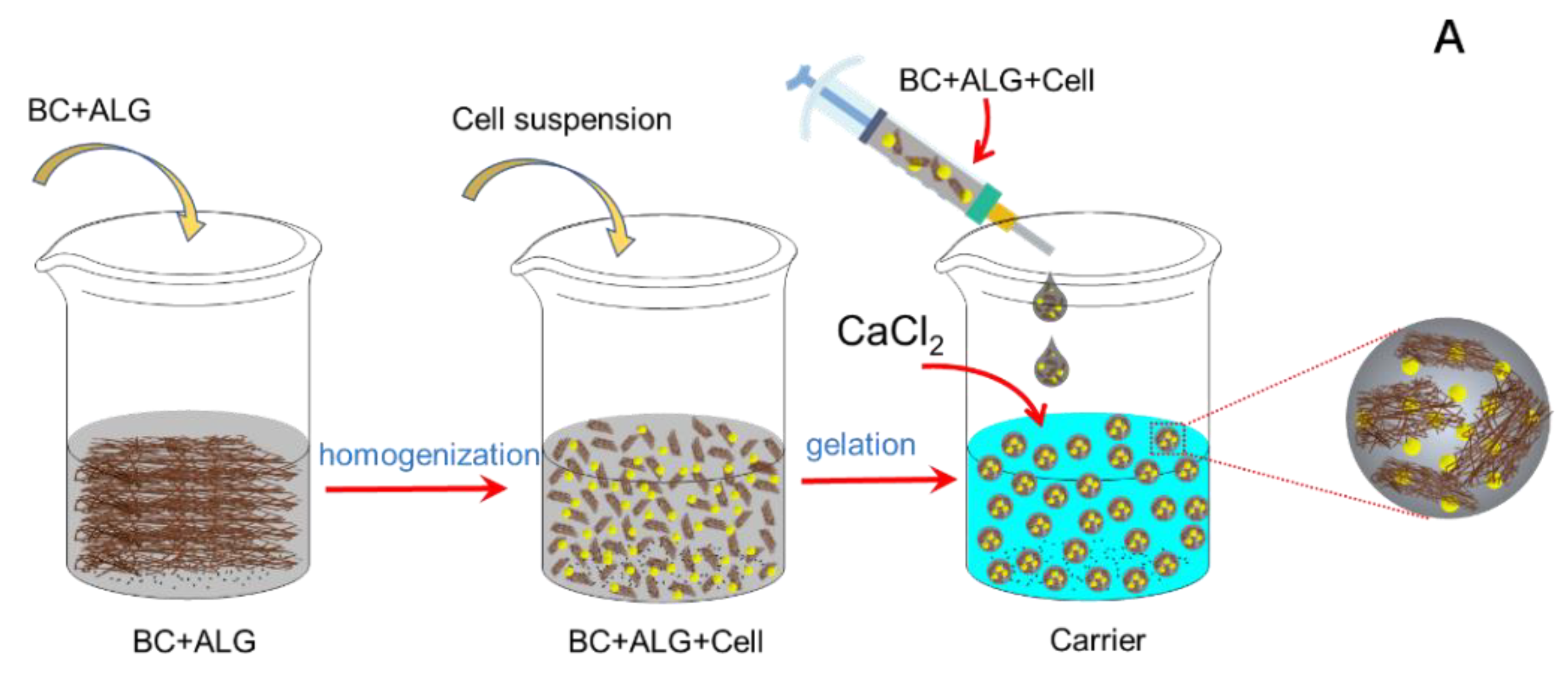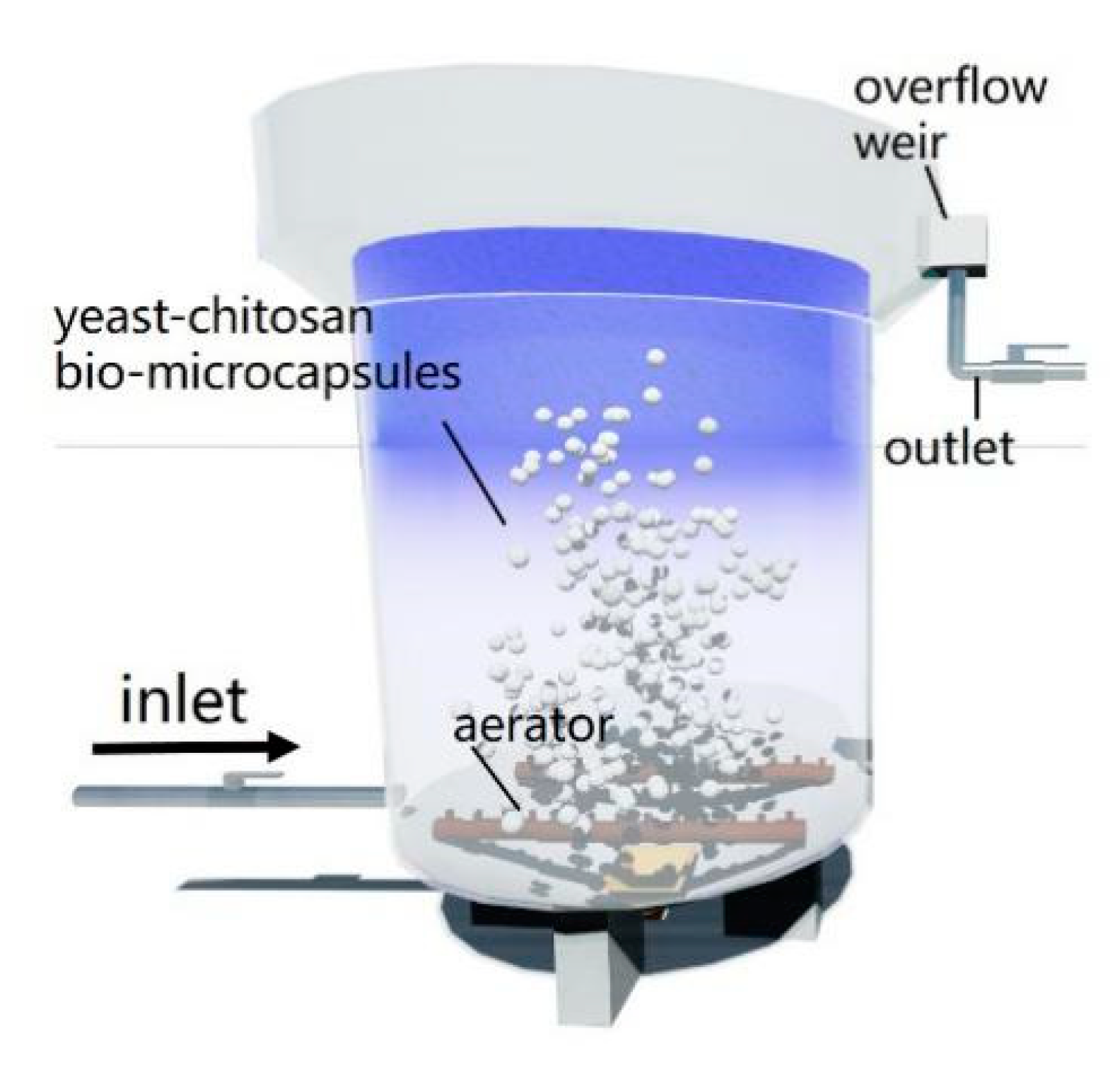Yeast Alginate Beads Experiment
Yeast on calcium alginate at 8 and 28 h. 3 Place the yeastalginate mixture into a syringe positioned above a solution of 2 CaCl2 Figure 1.
 How Does Concentration Affect The Yeast Spheres By Megan Barry
How Does Concentration Affect The Yeast Spheres By Megan Barry
Awesome Yeast alginate beads experiment

The suitable alginate concentration based on activity of the beads for ethanol production was sample number 8 with 2 alginate although the reaction was started a little bit later then the other samples.. So the improvement for stability of alginate bead should be made against phosphate which is indispensible for maintaining biofunction of the yeast. Have students add an equal volume of the yeast suspension to their cup of 2 sodium alginate. On the day of the experiment about 10 minutes before students will be making their yeast spheres make a 10 solution of yeast in warm tap water I use Fleischmans RapidRise bread yeast Saccharomyces cerevisiae.
2 Add aliquots 2 cm3 of the stock yeast solution to a solution of sodium alginate 2 2 cm3 and mix thoroughly. Separate the beads from the solution using the tea strainer. 025g yeast in 10mL tap water.
Instead of the typical spherical beads of calcium alginate the yeast was immobilized in a thin film gel of alginate on a microchannel surface. All experiments were triplicated. Once all the liquid has flowed from the syringe leave the newly formed beads for about 5 min.
The purpose of study is to improve economically important processes by attaching the yeast cells to matrices. The alginate will be ionically cross-linked by the calcium ions. 1 Prepare a 10 stock solution of dried yeast typically we use Allisons Bakers Yeast.
Samples were recovered by filtration washed with sterile distilled Na alginate was purchased from Sigma Aldrich Alginic acid water and d in a low nutrient broth yeast medium broth sodium salt low viscosity as 2 wt. Mix until uniform suspension this is likely to vary with different yeast sources c To 5mL of yeast suspension add 5mL warm 37C Na-alginate use a cut-tip transfer pipette for the viscous alginate. Stopper a flask with a bung that has been fitted with a fermentation.
These notes outline the procedure. The volume of carbon dioxide produced can be measured. The serial fermentation trials with immobilized repitching cells showed systematical process of yeast adaptation to fermentation conditions.
Sodium alginate serves to encapsulate a yeast molecules. Yeast each and were washed with sterile water 30 s. Anaerobic respiration can be investigated in yeast immobilised in alginate balls.
Yeast cells will be entrapped in calcium alginategels by using the similar techniques as in enzyme immobilization. The beads can be d in. In all cases at the end of the fermen-tation the number of cells entrapped in the beads was higher than the number of cells and the total 4 alginate bead wet weight was significantly higher than the 2 alginate bead.
Once you have mastered the technique you can get a serious your own questions about respiration in yeast such as the effects of temperature different sugars or conduct a. 1 the yeast content influences the ethanol. Place the beads in a sugar solution in a conical flask.
The alginate beads obtained diameter 3 mm contained approximately 01 g dw. Leave the immobilised yeast cell beads to harden in the calcium chloride solution for 510 minutes. The fermentation length was 120h for both yeast strains.
A practical method of immobilising yeast cells in calcium alginate is described. A Bring dry bakers yeast to room temperature b Make a suspension with a small spatula approx. Yeastalginate mixture into the syringe.
Multichamber alginate beads was very high. Alginate beads containing the cells were immersed in Materials this suspension and collected after 30 s 5 15 and 30 min. Immobilisation of yeast in calcium alginate beads.
Transfer them to a tea strainer and wash them gently with cold tap water for about 1 min. Alginate concentration for yeast immobilization to produce mead. Give them a final rinse with distilled water.
Other cell entrapment media that have been previously attemptedinclude polyacrylamide gelatin. Reverse micelle method for capturing yeast cells in alginate beads. Polypotassium acrylate A waterinsoluble polyacrylic acid neutralized by potassium hydroxide crosslinked with N N methylenebisacrylamide C 7 H 10 N 2 O 2 at 001 was used.
It forms a membrane upon contact with the yeast. This experiment introduces the students to an immobilized cellfermentor. The novel method used for yeast cell entrapment led to the formation of a peculiar microenvironment with activated metabolic responses of yeast.
In this analytical study by using mixed models of matrices like sodium alginate alone sodium alginate and gelatin sodium alginate and agar sodium alginate and glutaraldehyde to determine the effective combination for immobilizing cells without any damage. As it is shown in Fig. In this point of view the object of the present investigation is to develop the immobilization technique for the Ca-alginate beads which gives high ethanol productivity and good mechanical strength of the beads for the long-term use.
The entrapped cells can then be used to ferment sugar solutions. Alginate beads with yeast cells were made by a reverse micelle method Ciofani et al 2007g washed with distilled water twice and suspended in an adequate volume of 1 sodium alginate solution until the optical density at 600 nm OD 600. Neither of the alginate concentrations was able to prevent cell leakage from the beads.
Using calcium alginate beads Inal. As a result of this it is possible to vary bead size purely by varying the size of the syringe which place the droplets in the solution this allows a simple method of varying bead surface area and producing more beads as a consequence. This alginate film can be easily installed in a fermentation microreactor device for the continuous production of bioethanol.
The suitable alginate concentration based on activity of the beads for ethanol production was sample number 8 with 2 alginate although the reaction was started a little bit later then the other samples.
 Basic Methods Of Yeast Immobilization A Attachment To A Surface B Scientific Diagram
Basic Methods Of Yeast Immobilization A Attachment To A Surface B Scientific Diagram
 Immobilisation Of Yeast Cell In Fermentation Process Hindi By Solution Pharmacy
Immobilisation Of Yeast Cell In Fermentation Process Hindi By Solution Pharmacy
 Lignin Peroxidase Immobilization On Ca Alginate Beads And Its Dye Degradation Performance In A Packed Bed Reactor System Sciencedirect
Lignin Peroxidase Immobilization On Ca Alginate Beads And Its Dye Degradation Performance In A Packed Bed Reactor System Sciencedirect
 Process Showing The Immobilization Of S Stipitis In Ca Alginate Gel Scientific Diagram
Process Showing The Immobilization Of S Stipitis In Ca Alginate Gel Scientific Diagram
 Molecules Full Text Bacterial Cellulose Alginate Composite Beads As Yarrowia Lipolytica Cell Carriers For Lactone Production
Molecules Full Text Bacterial Cellulose Alginate Composite Beads As Yarrowia Lipolytica Cell Carriers For Lactone Production
s 12 Transformation Of Energy In Cells Resource 2 Alginate Balls Lab Preparation
 A Yeast Preparation B Calcium Alginate Beads Scientific Diagram
A Yeast Preparation B Calcium Alginate Beads Scientific Diagram
 Materials Full Text Micro Polluted Surface Water Treated By Yeast Chitosan Bio Microcapsules
Materials Full Text Micro Polluted Surface Water Treated By Yeast Chitosan Bio Microcapsules
 Prepare One Enzyme Immobilisation And Examine Its Application Notes Biology Leaving Cert Irevise
Prepare One Enzyme Immobilisation And Examine Its Application Notes Biology Leaving Cert Irevise
Sserc s From ornaments 07 Tutor Technical V2
 Immobilization Of Yeast And Bacteria Cells In Alginate Microbeads Coated With Silica Membranes Procedures Physico Chemical Features And Bioactivity
Immobilization Of Yeast And Bacteria Cells In Alginate Microbeads Coated With Silica Membranes Procedures Physico Chemical Features And Bioactivity
 The Images Of 2 Ca Alginate Beads Containing Yeast Cells With Scientific Diagram
The Images Of 2 Ca Alginate Beads Containing Yeast Cells With Scientific Diagram
crhhrutjg2frr7pcaf7eokxycxksb8qqwztt6jjfaoky Pvlpm
 Structural Changes Of Ca Alginate Beads Caused By Immobilized Yeast Cell Growth Sciencedirect
Structural Changes Of Ca Alginate Beads Caused By Immobilized Yeast Cell Growth Sciencedirect
 Mmobilization Of Saccharomyces Cerevisiae By Entrapment In Calcium Scientific Diagram
Mmobilization Of Saccharomyces Cerevisiae By Entrapment In Calcium Scientific Diagram
 Multilayer Calcium Alginate Beads Containing Diatom Biosilica And Bacillus Subtilis As Microecologics For Sewage Treatment Sciencedirect
Multilayer Calcium Alginate Beads Containing Diatom Biosilica And Bacillus Subtilis As Microecologics For Sewage Treatment Sciencedirect
s 12 Transformation Of Energy In Cells Resource 2 Alginate Balls Lab Preparation
 Immobilization Of Yeast And Bacteria Cells In Alginate Microbeads Coated With Silica Membranes Procedures Physico Chemical Features And Bioactivity
Immobilization Of Yeast And Bacteria Cells In Alginate Microbeads Coated With Silica Membranes Procedures Physico Chemical Features And Bioactivity
 Two Kinds Of Ketoprofen Enteric Gel Beads Ca And Cs Sa Using Biopolymer Alginate Sciencedirect
Two Kinds Of Ketoprofen Enteric Gel Beads Ca And Cs Sa Using Biopolymer Alginate Sciencedirect
Sserc s From ornaments 07 Tutor Technical V2
 Enzyme Immobilisation Leaving Cert Biology
Enzyme Immobilisation Leaving Cert Biology
 Effect Of Immobilized Cells In Calcium Alginate Beads In Alcoholic Fermentation
Effect Of Immobilized Cells In Calcium Alginate Beads In Alcoholic Fermentation
